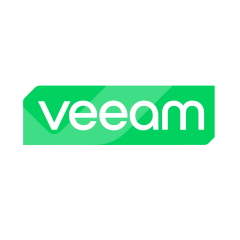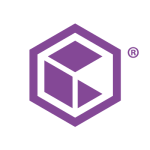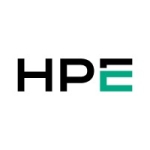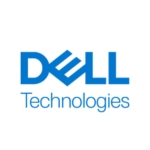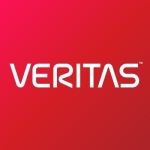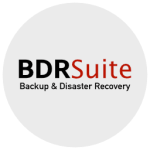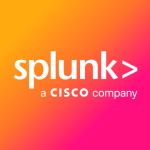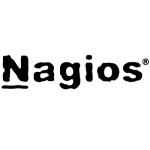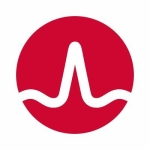What is our primary use case?
Veeam Backup & Replication delivers dependable availability across all cloud, virtual and physical workloads with a simple, flexible and reliable solution. You can protect your data no matter the location or workload type with powerful backup and instant recovery options.
We are a system-integrator company and have a platinum sales-partnership with Veeam Software in Turkey. And also we are giving professional services to our customers on behalf of Veeam within the framework of the global VASP program. We take advantage of this experience to integrate many different environments as an output.
Regarding to this exprerince I can say these ; Some of our customers use Veeam Cloud Connect platforms for off-site backups and VM replicas, in order to copy and handle disaster recovery scenarios. Some of them are just using the backup infrastructure in their on-premise platforms. And some customers have multiple sites by their own. They are doing disaster scenarios on their own sites and they are not using any other cloud infrastructure. If you have a Veeam product, there are many scenarios you can consider.
How has it helped my organization?
Today’s rapid pace of technological innovation is forcing your digital and physical worlds to collide – and it’s also transforming the way you operate, regardless of your industry. This digital transformation can either make or break your business. Because, in the digital world, your customers expect 24/7/365 Availability.
For today’s enterprises, this means that expectations for SLAs for data and application uptime can be revolutionized. You no longer need to be constrained by the RTPOs of hours or days of legacy solutions – you can think in minutes or seconds instead – for all applications, data, and workloads on-premises or in the cloud.
Veeam Backup & Replication provides an improvement in this framework
What is most valuable?
It's good for backup performance management and backup window management.
There are a lot of features to choose from.
Veeam provided different advantages in many categories in cloud, virtual and physical workloads. With the CDP and Linux Hardened Repository components that came in the latest version, it started to provide serious innovations in terms of business continuity and backup data accessibility.
Veeam customers have the confidence knowing their data is always available, on any app, any data in any cloud.
It' has user-friendly GUI and customers can easily manage this software on their own.
The initial setup is easy. The stability is good. The solution can scale. Technical support is helpful.
What needs improvement?
Our customers seem to be quite happy with the solution. I cannot recall coming across any features that were lacking.
We were waiting for two years for the continuous data protection features and it was released with this last version in February. And in v11 there are so much improvements made. They all are useful. There is no other feature request from our side. While continuing to use v11, additional requests may of course occur.
For how long have I used the solution?
It's been a while. I've been using the solution for about eight years.I have a good amount of experience with the product.
What do I think about the stability of the solution?
There is a sure backup feature to check backup data is stable and accessable or not . SureBackup is the Veeam technology that lets you test VM backups and check if you can recover data from them. You can verify any restore point of a backed-up VM. During a SureBackup job, Veeam Backup & Replication performs “live” verification: scans the backed-up data for malware, boots the VM from the backup in the isolated environment, runs tests for the VM, powers the VM off and creates a report on recovery verification results.
What do I think about the scalability of the solution?
The solution offers very good scalability, both on-premises and on the cloud. Small, medium or large enterprises can easily use the solution and scale it to meet their needs.
There's a proxy usage mentality regarding Veeam resources and regarding an increased ratio. You can add an additional proxy to Veeam platforms and you can follow a parallel tasking process. There is no off time or maintenance schedule needed to scale out this environment.
How are customer service and technical support?
We've been in touch with technical support. We find them to be helpful and responsive. They are also kind. We do not have a case that's not resolved in the support section. We are satisfied with their level of service.
How was the initial setup?
The initial setup is very straightforward. It's very easy to implement. A company wouldn't have any trouble with it.
For large environments, there must be architectured guidelines that must be followed before implementation. For our corporate accounts, that have three physical hosts and are running a VMware cluster with three hosts for a fixed CPU socket environment. It's a basic environment, and there is no additional architectural design needed before the implementation. In that case, the installation steps took two hours, maybe with operating system installations. After two hours the customer could try to get back the servers in his environment. It's good for backup scenarios and also for failover scenarios, like management access issues for Veeam Software. It's also more useful to restore the coniguration database and restore from a backup catalog. If they are all simple processes for customers, they can manage these scenarios very easily.
In large environments
What about the implementation team?
As product implementation becomes more sophisticated, Veeam recognizes the growing need to identify entrusted and authorized partners who possess the highest expertise level and are able to deliver high-quality services to ensure that our users are completely satisfied. We are the first and only certified professional services partner In Turkey. Maintenance services is important in enterprise large accounts.
What was our ROI?
It changes for every customer.
What's my experience with pricing, setup cost, and licensing?
The pricing varies considerably. It changes project by project. Some of our customers can get special prices from vendors. Some of them can't.
There are some environments that change in terms of product support, however, for pricing, there are two models in Veeam. One of them is CPU socket licensing and one of them is Universal (instance-based) licensing. It just depends on the customer environment.
What other advice do I have?
We strongly recommend this software, due to the IT operations efficiency and data reliability. I'd rate the solution at a ten out of ten. Veeam is the best.
Which deployment model are you using for this solution?
Private Cloud
Disclosure: My company has a business relationship with this vendor other than being a customer. We are a system-integrator company and have a platinum sales-partnership ( value-added reseller) with Veeam Software in Turkey. And also we are giving professional services to our customers on behalf of Veeam within the framework of the global VASP program. We are giving consultancy for veeam products in all cloud (private,public,hybrid,on-premieses) infrastructures

